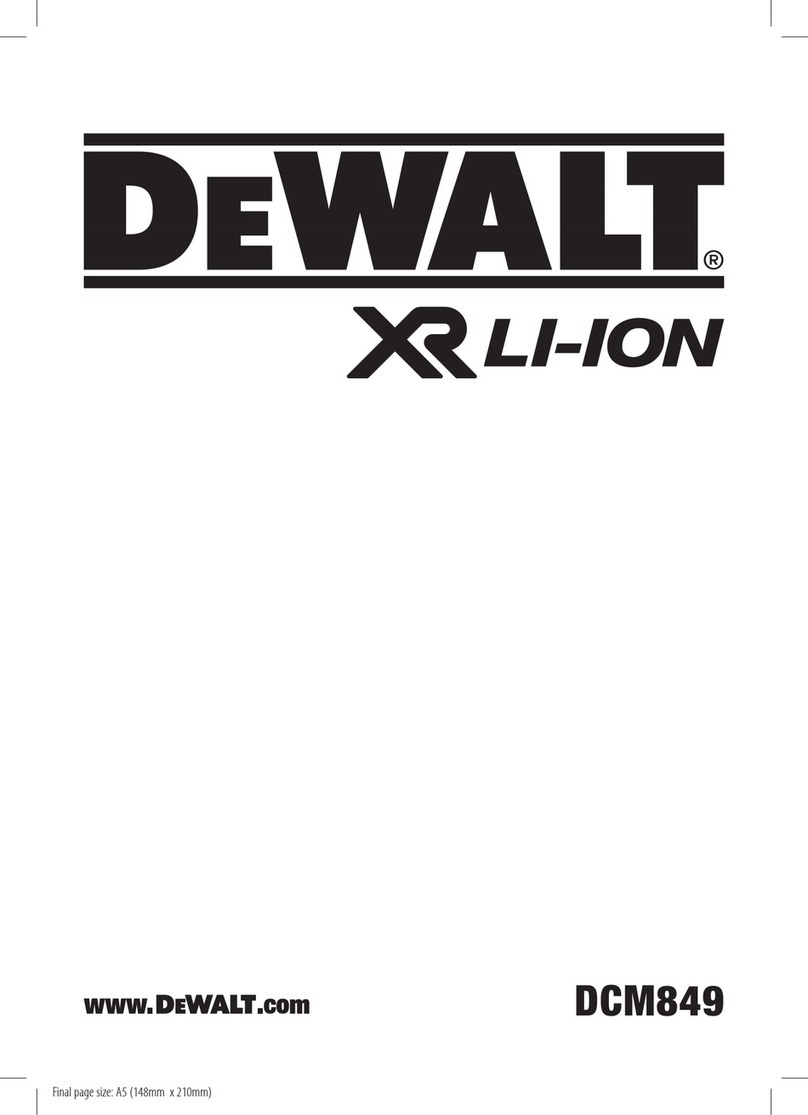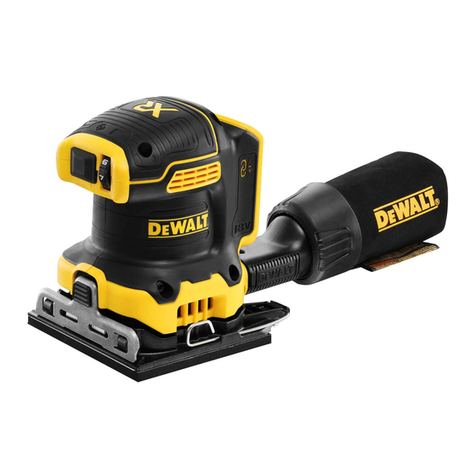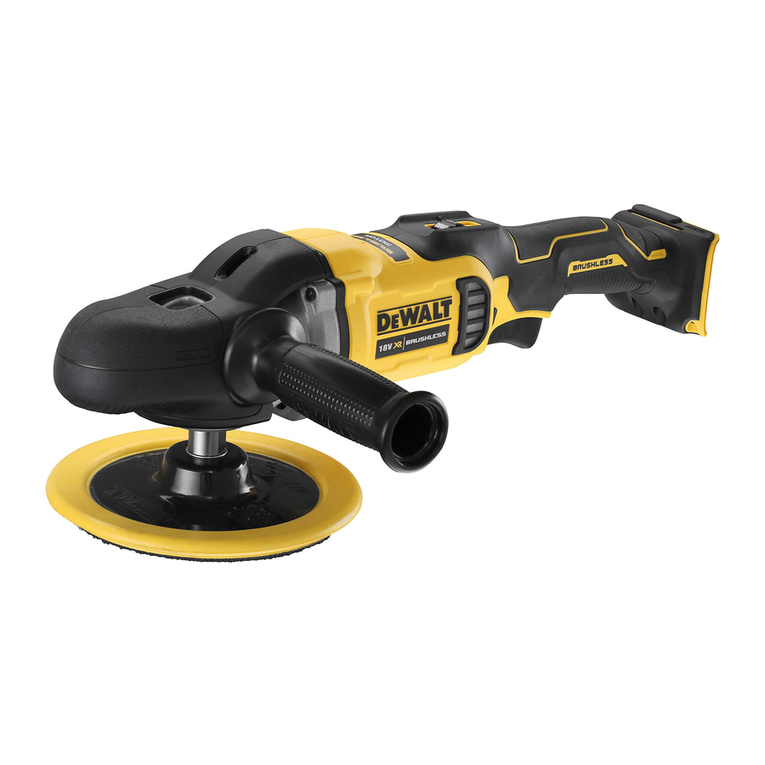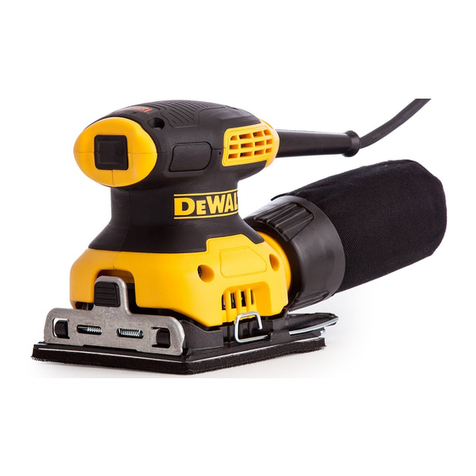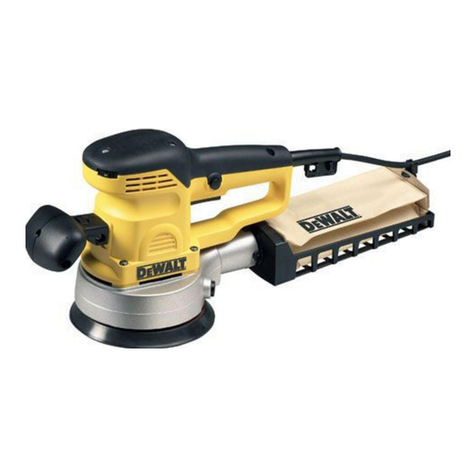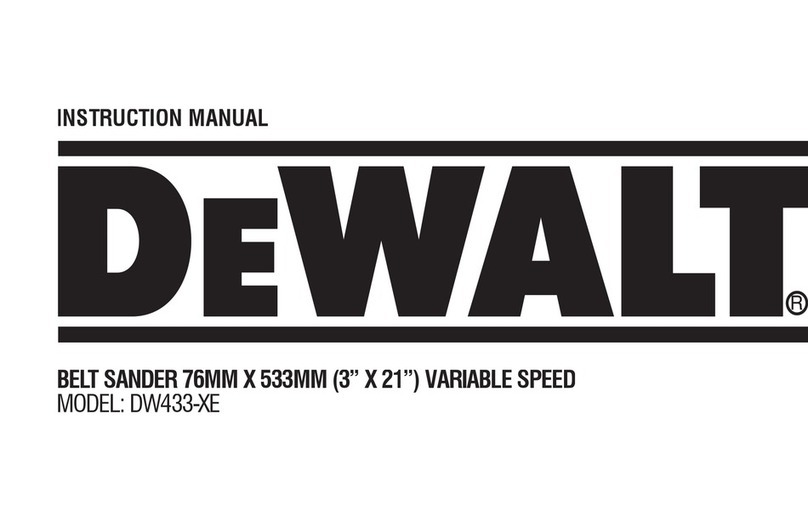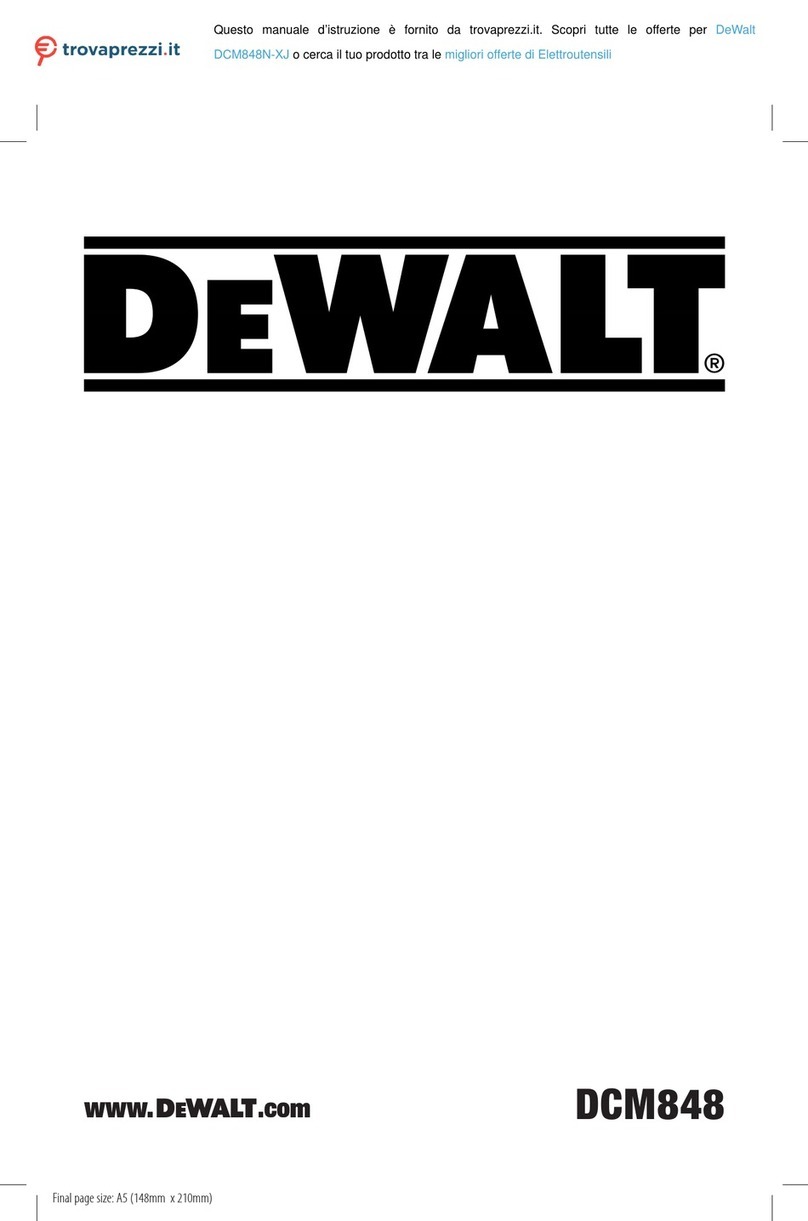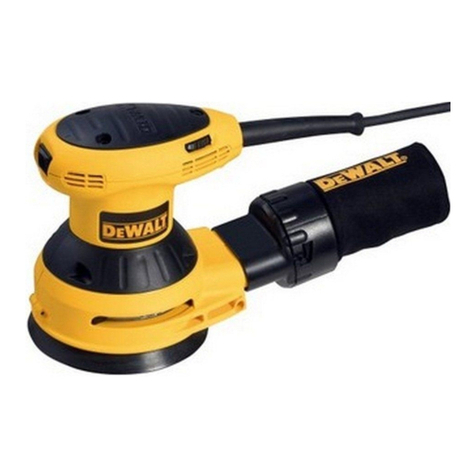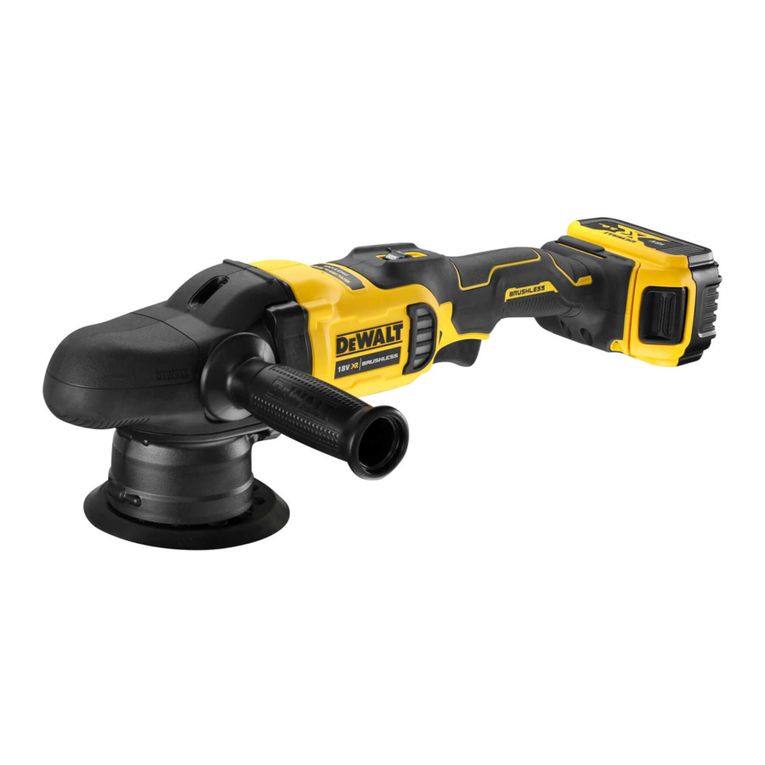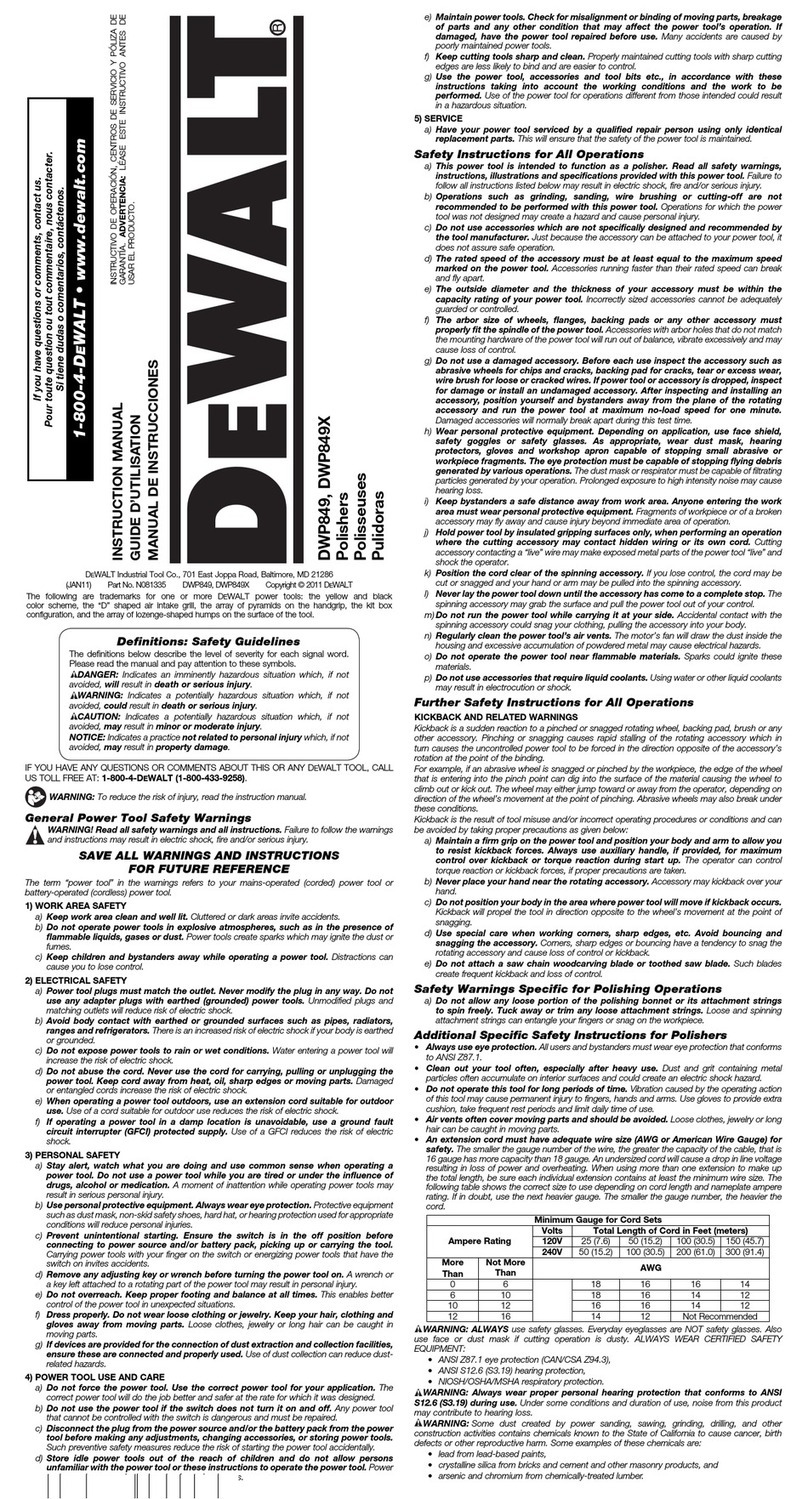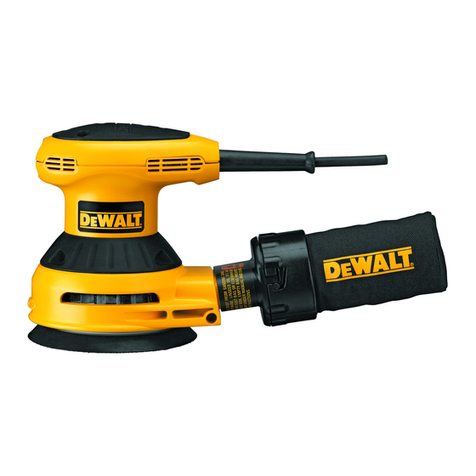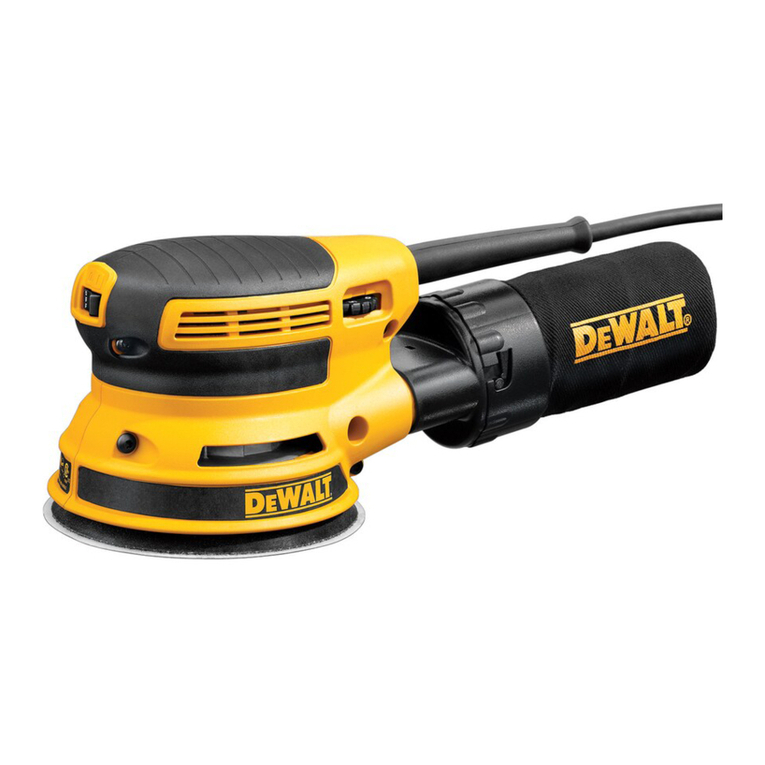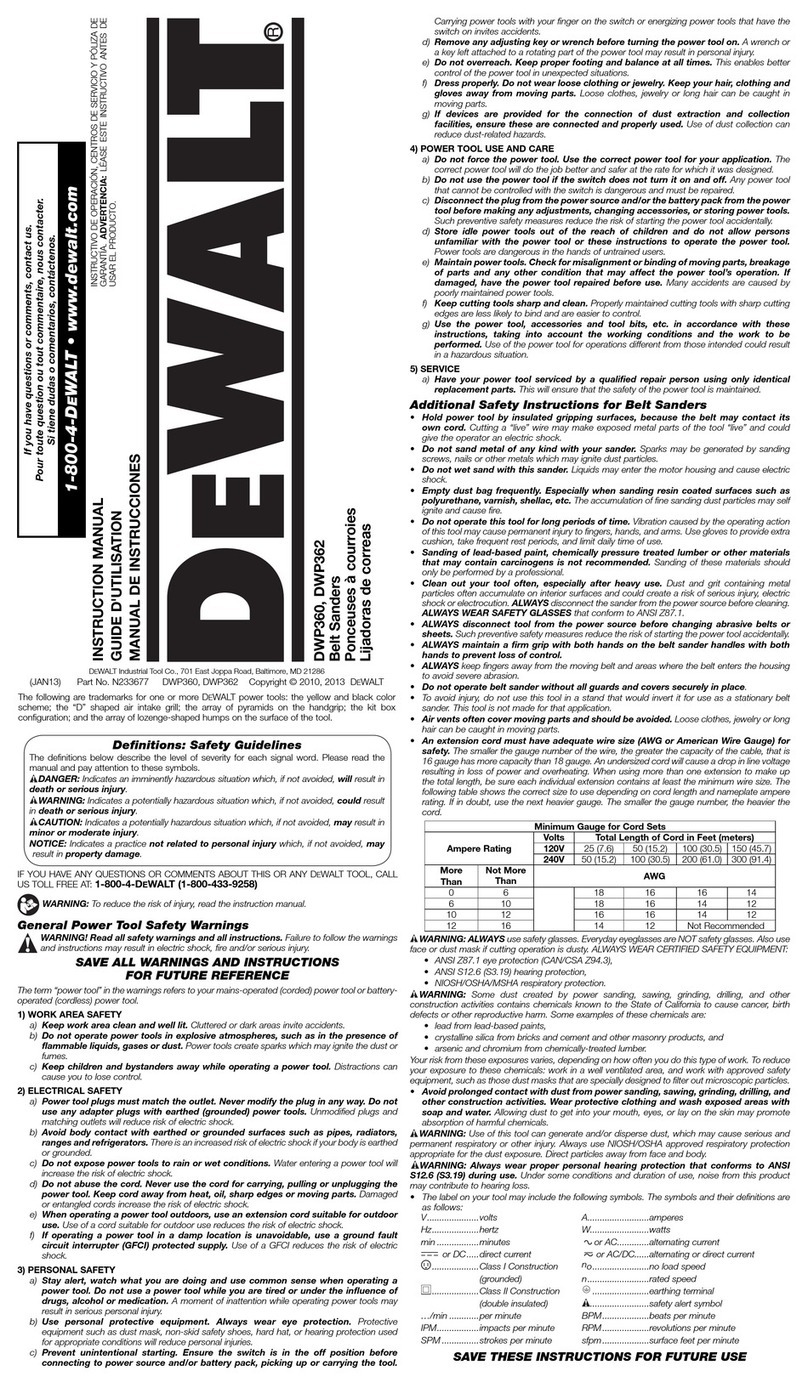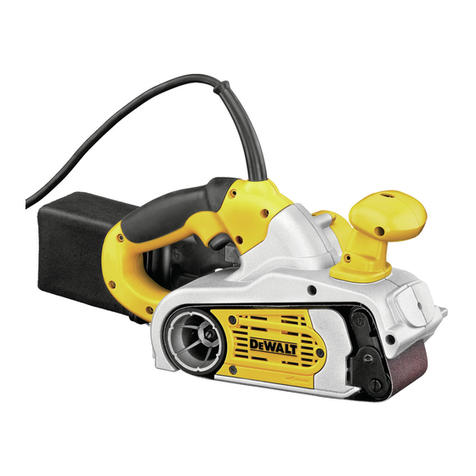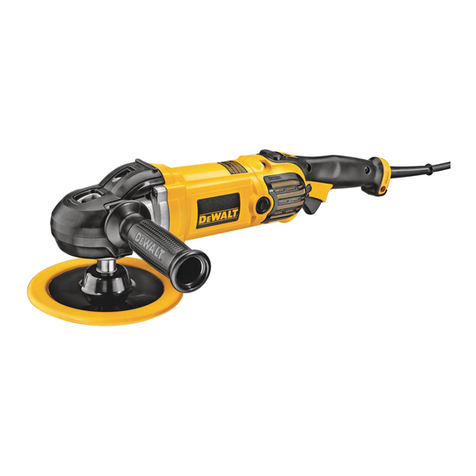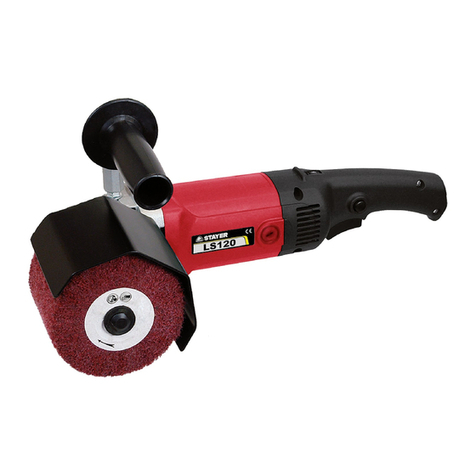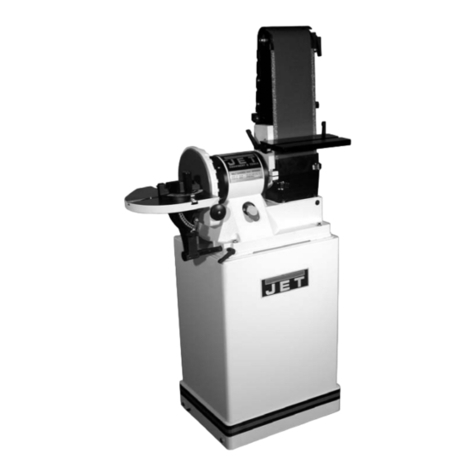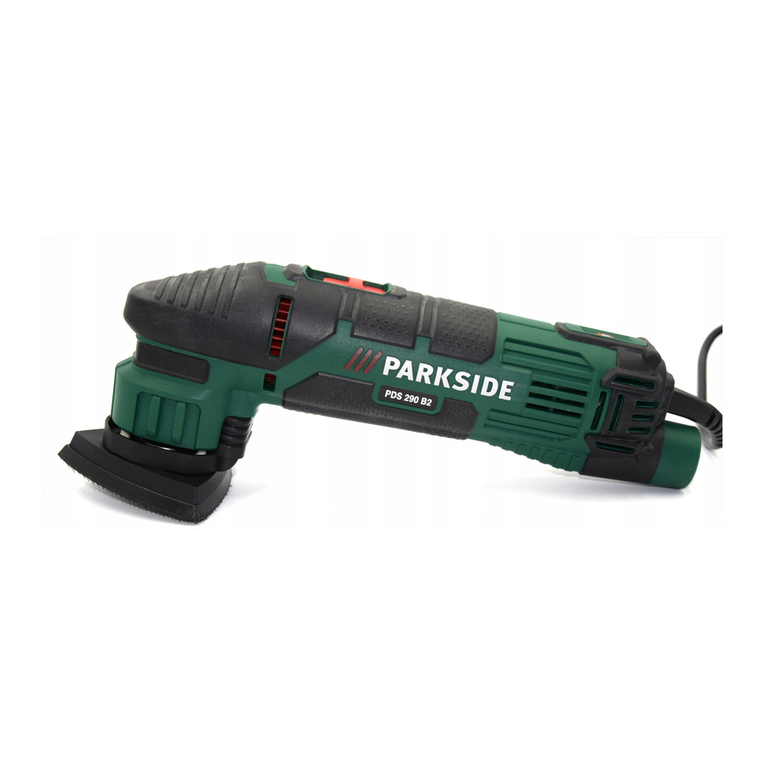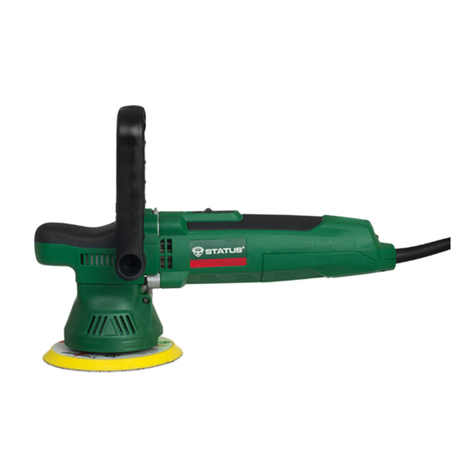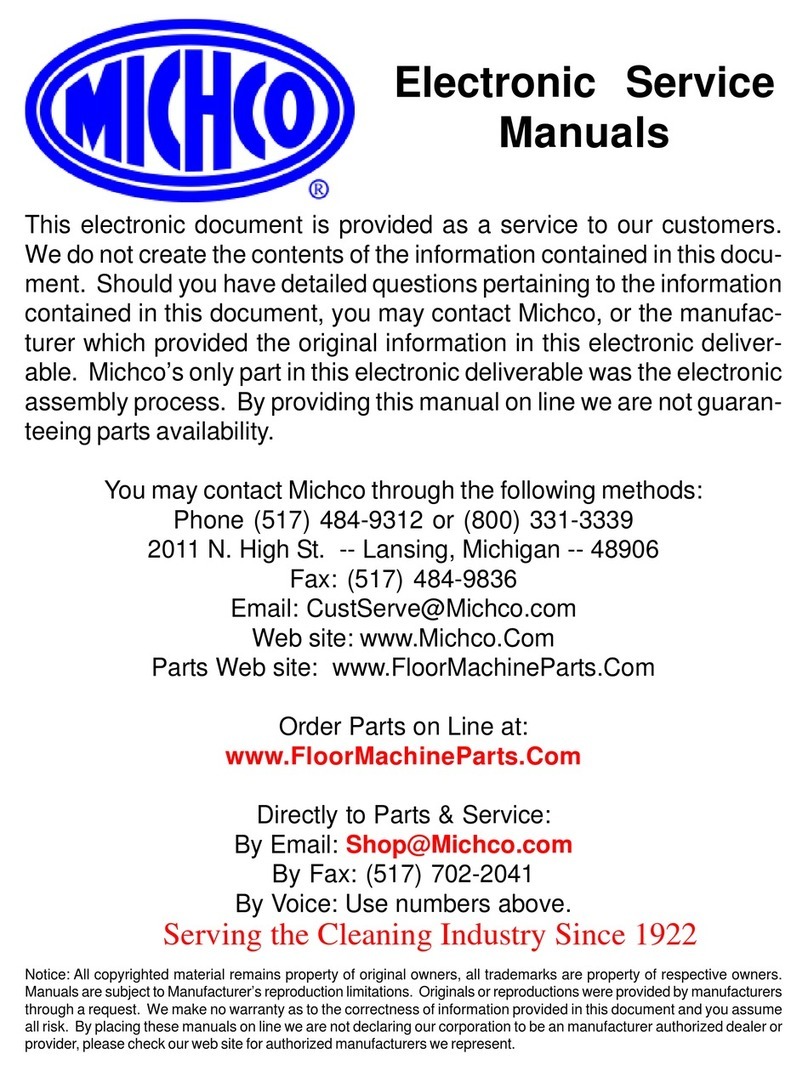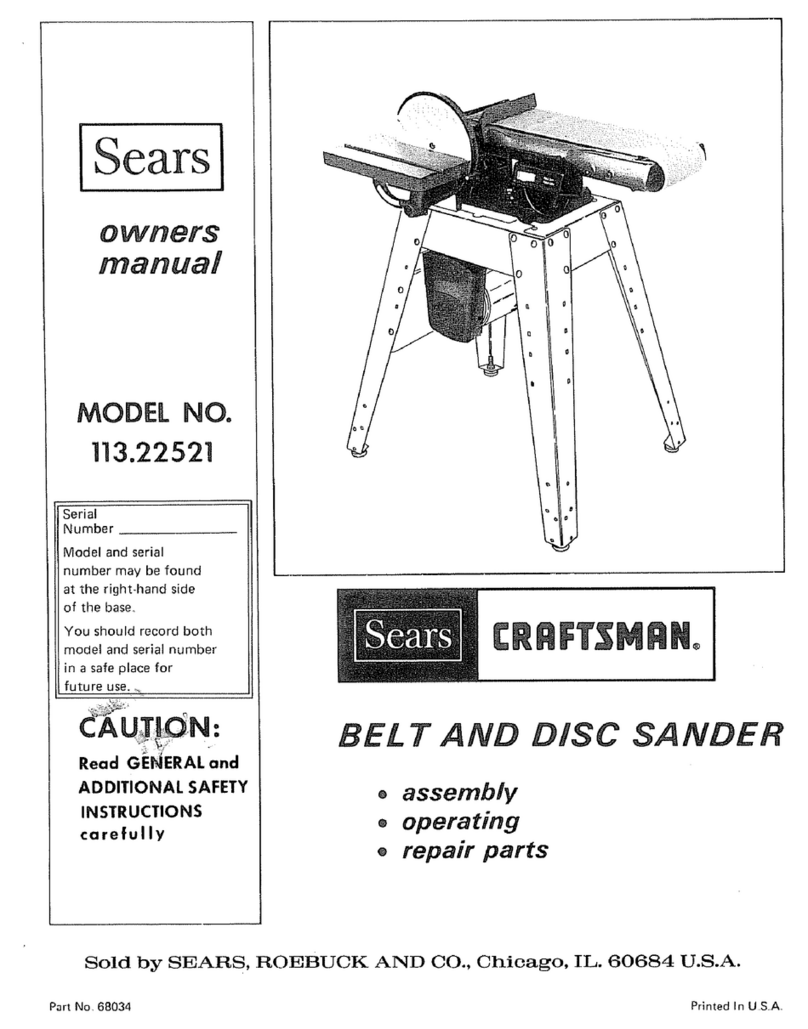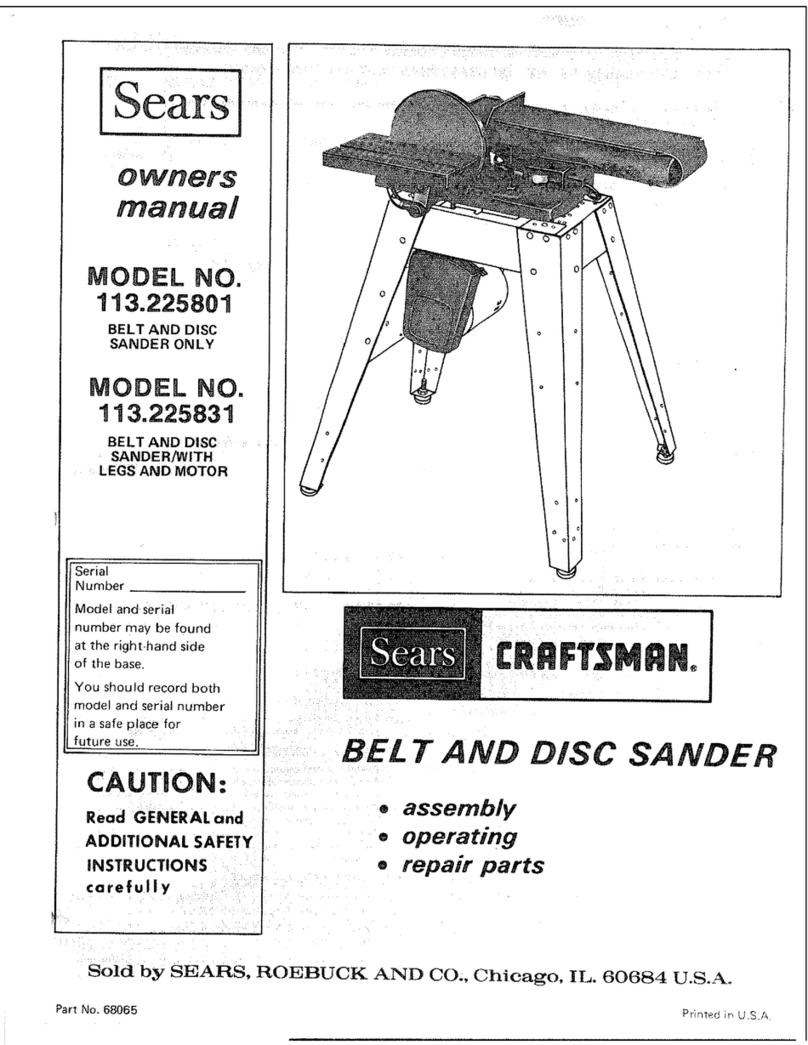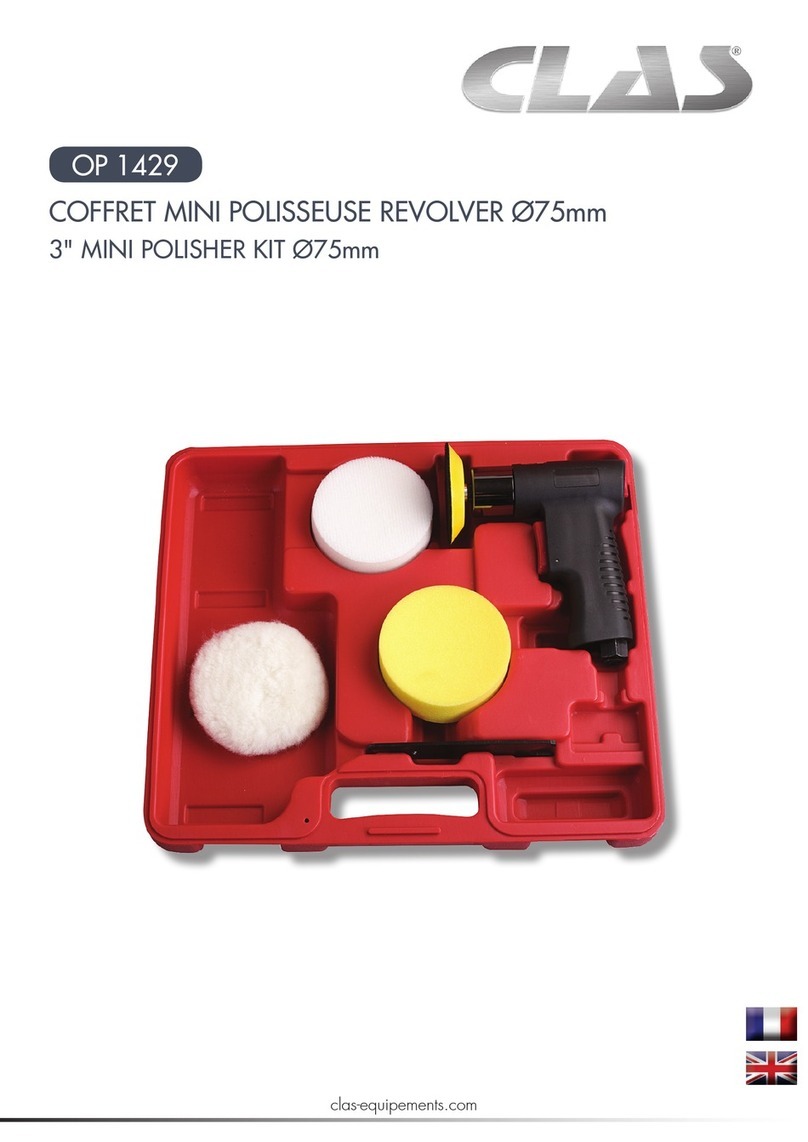
ENGLISH
23
f) Dress properly. Do not wear loose
clothing or jewellery. Keep your hair,
clothing and gloves away from moving
parts. Loose clothes, jewellery or long hair
can be caught in moving parts.
g) If devices are provided for the connection
of dust extraction and collection facilities,
ensure these are connected and properly
used. Use of dust collection can reduce
dust-related hazards.
4) POWER TOOL USE AND CARE
a) Do not force the power tool. Use the
correct power tool for your application.
The correct power tool will do the job
better and safer at the rate for which it
was designed.
b) Do not use the power tool if the switch
does not turn it on and off. Any power
tool that cannot be controlled with the switch
is dangerous and must be repaired.
c) Disconnect the plug from the power
source and/or the battery pack from
the power tool before making any
adjustments, changing accessories, or
storing power tools. Such preventive safety
measures reduce the risk of starting the
power tool accidentally.
d) Store idle power tools out of the reach
of children and do not allow persons
unfamiliar with the power tool or these
instructions to operate the power tool.
Power tools are dangerous in the hands of
untrained users.
e) Maintain power tools. Check for
misalignment or binding of moving parts,
breakage of parts and any other condition
that may affect the power tool’s operation.
If damaged, have the power tool repaired
before use. Many accidents are caused by
poorly maintained power tools.
f) Keep cutting tools sharp and clean.
Properly maintained cutting tools with sharp
cutting edges are less likely to bind and are
easier to control.
g) Use the power tool, accessories and
tool bits etc., in accordance with these
instructions taking into account the
working conditions and the work to
be performed. Use of the power tool for
operations different from those intended
could result in a hazardous situation.
5) SERVICE
a) Have your power tool serviced by a
qualified repair person using only identical
replacement parts. This will ensure that the
safety of the power tool is maintained.
Additional Specific Safety Rules for
Sanders
WARNING: Contact with or inhalation
of dusts arising from sanding
applications may endanger the health of
the operator and possible bystanders.
Wear a dust mask specifically designed
for protection against toxic dust and
fumes and ensure that persons within
or entering the work area are also
protected.
WARNING: Use this tool in a well-
ventilated area when sanding ferrous
metals. Do not operate the tool near
flammable liquids, gases or dust.
Sparks or hot particles from sanding
or arcing motor brushes may ignite
combustible materials.
WARNING: Do not use the dust filter
cassette or the dust extraction adaptor
to store objects.
• Hold power tool by gripping surfaces,
because the belt may contact its own
cord. Cutting a “live” wire may make
exposed metal parts of the power tool “live”
and shock the operator.
Sanding Paint
WARNING: Observe the applicable
regulations for sanding paint. Pay
special attention to the following:
• Whenever possible, use a vacuum extractor
for dust collection.
• Take special care when sanding paint which
is possibly lead based:
– Do not let children or pregnant women
enter the work area.
– All persons entering the work area should
weara mask specially designed for
protection against lead paint dust and
fumes.
– Do not eat, drink or smoke in the
work area.
• Dispose of dust particles and any other
removal debris safely.
Residual Risks
• The following risks are inherent to the use of
these machines:
– injuries caused by touching the rotating parts.
– injuries caused by disruption of the sanding
belt.

